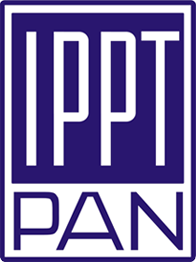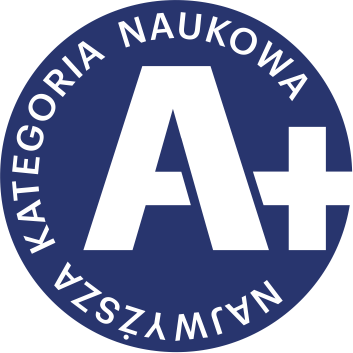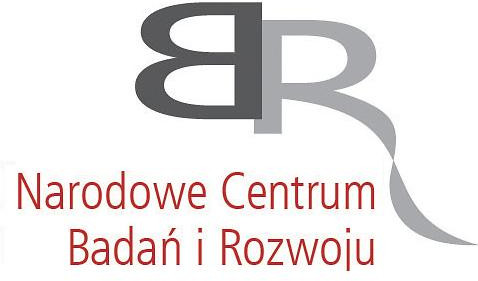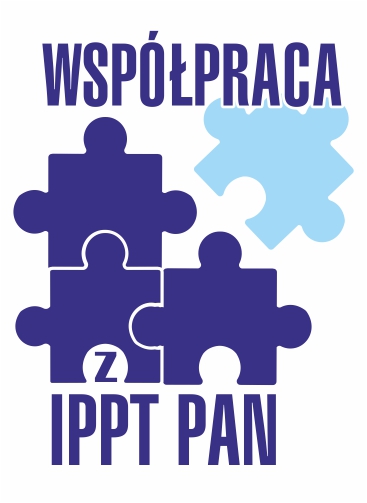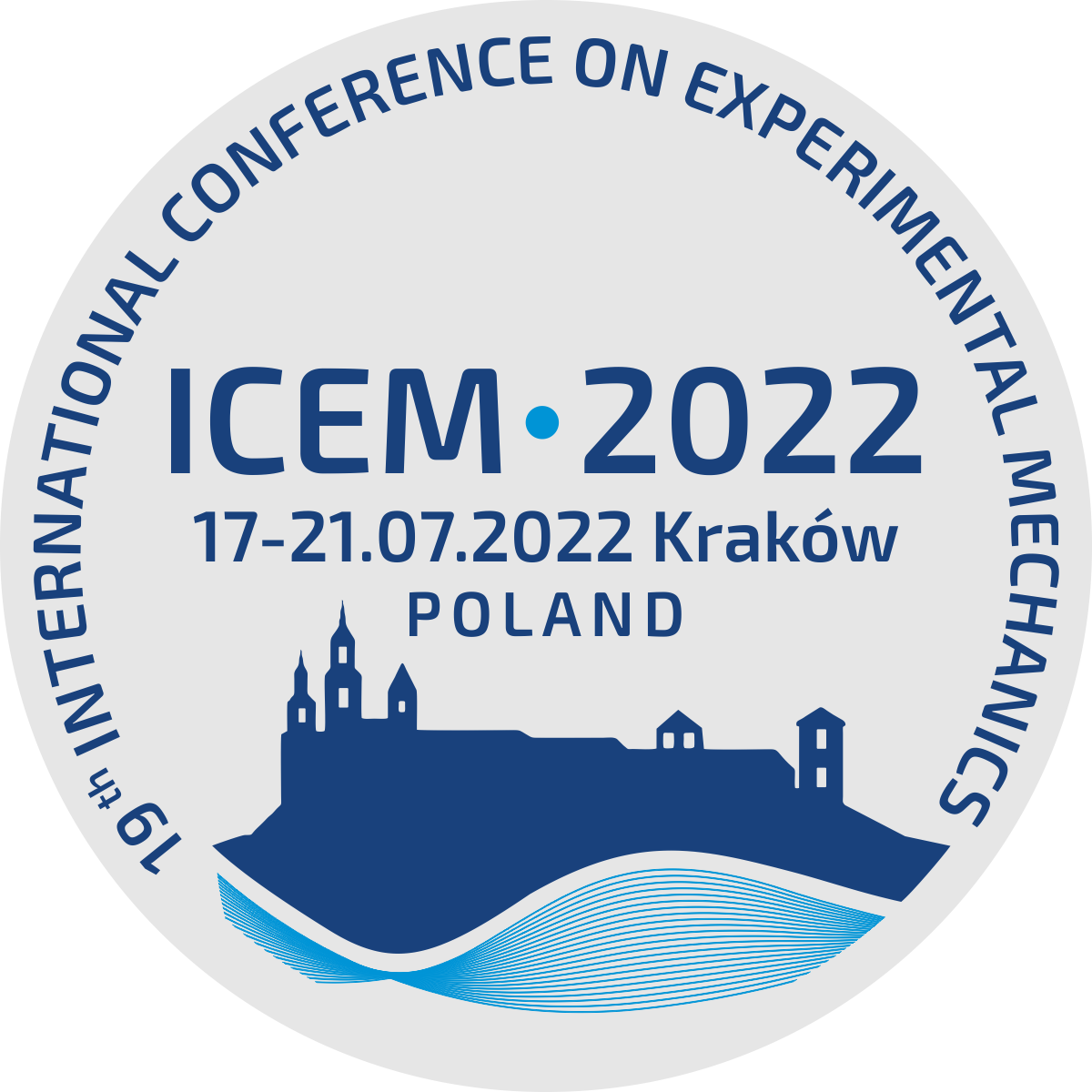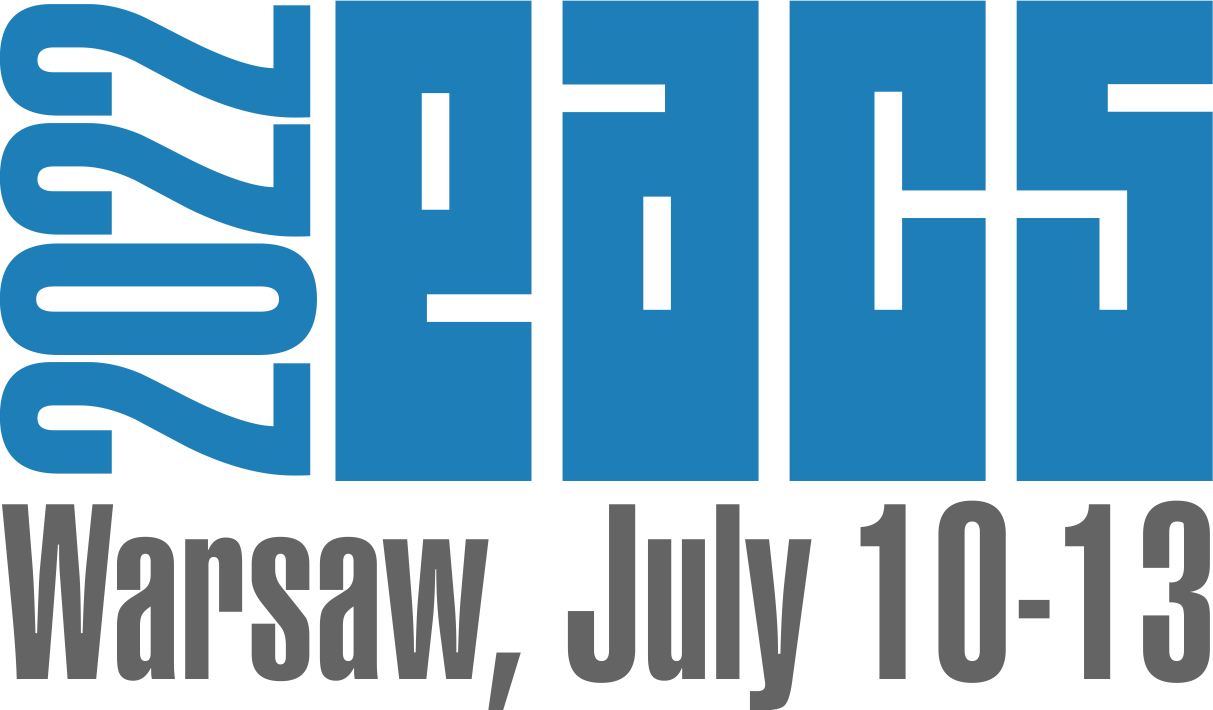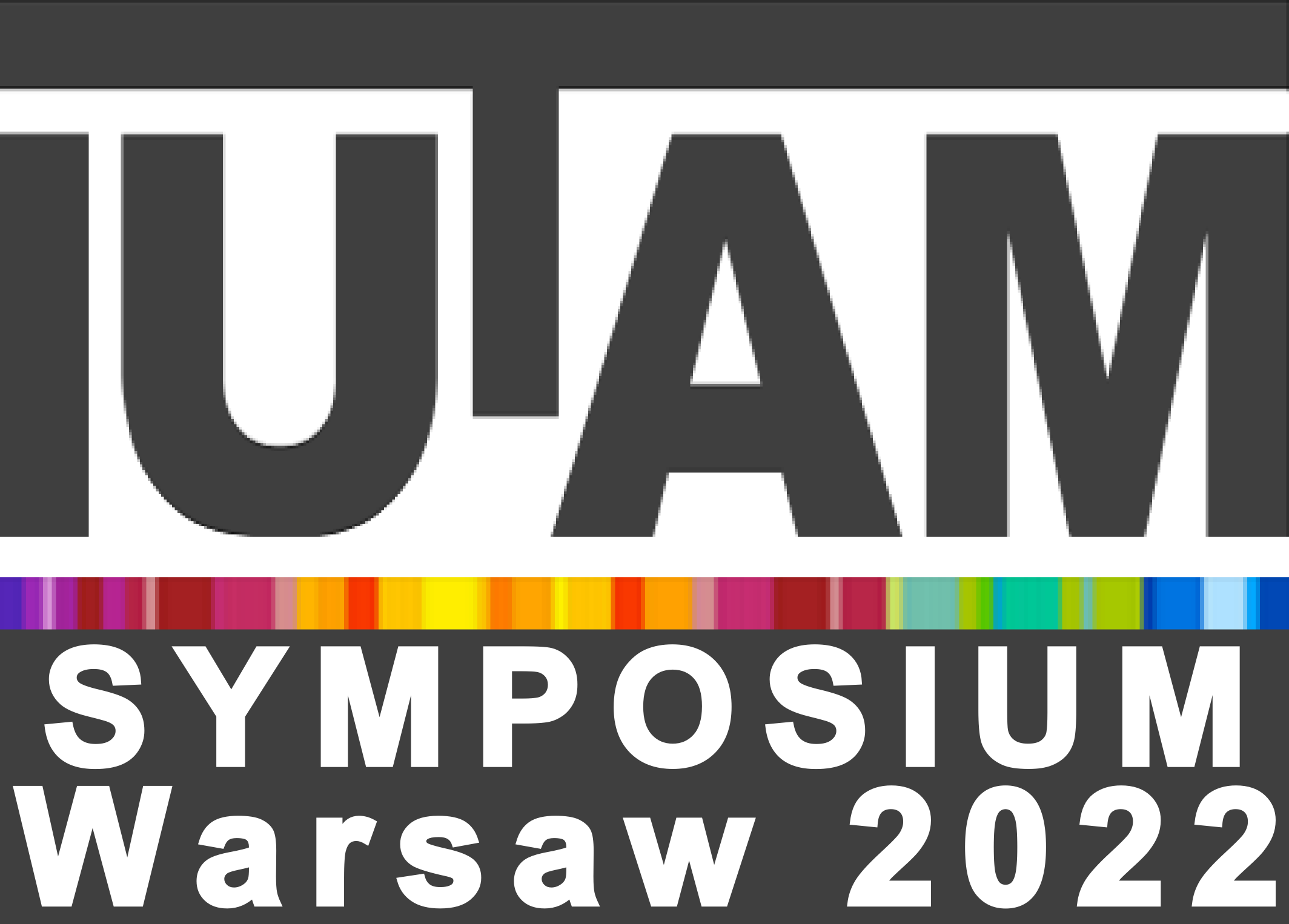| 1. |
Zakrzewska A., Nakielski P., Truong Yen B.♦, Gualandi C.♦, Cecilia V.♦, Zargarian S., Lanzi M.♦, Kosik-Kozioł A., Król J., Pierini F., “Green” Cross-Linking of Poly(Vinyl Alcohol)-Based Nanostructured Biomaterials: From Eco-Friendly Approaches to Practical Applications,
WIREs Nanomedicine and Nanobiotechnology, ISSN: 1939-0041, DOI: 10.1002/wnan.70017, Vol.17, No.3, pp.e70017-1-33, 2025 Streszczenie:
Recently, a growing need for sustainable materials in various industries, especially biomedical, environmental, and packaging applications, has been observed. Poly(vinyl alcohol) (PVA) is a versatile and widely used polymer, valued for its biocompatibility, water solubility, and easy processing, e.g., forming nanofibers via electrospinning. As a result of cross-linking, PVA turns into a three-dimensional structure—hydrogel with unusual sorption properties and mimicry of biological tissues. However, traditional cross-linking methods often involve toxic chemicals and harsh conditions, which can limit its eco-friendly potential and raise concerns about environmental impact. “Green” cross-linking approaches, such as the use of natural cross-linkers, freeze–thawing, enzymatic processes, irradiation, heat treatment, or immersion in alcohol, offer an environmentally friendly alternative that aligns with global trends toward sustainability. These methods not only reduce the use of harmful substances but also enhance the biodegradability and safety of the materials. By reviewing and analyzing the latest advancements in “green” PVA cross-linking approaches, this review provides a comprehensive overview of current techniques, their advantages, limitations, and potential applications. The main emphasis is placed on PVA nanostructured forms and applications of PVA-based biomaterials in areas such as wound dressings, drug delivery systems, tissue engineering, biological filters, and biosensors. Moreover, this article will contribute to the broader scientific understanding of how the materials based on PVA can be optimized both in terms of “greener” and safer production, as well as adjusting the final platform properties. Słowa kluczowe:
cross-linking, eco-friendly approaches, nanostructured biomaterials, poly(vinyl alcohol) Afiliacje autorów:
| Zakrzewska A. | - | IPPT PAN | | Nakielski P. | - | IPPT PAN | | Truong Yen B. | - | inna afiliacja | | Gualandi C. | - | University of Bologna (IT) | | Cecilia V. | - | inna afiliacja | | Zargarian S. | - | IPPT PAN | | Lanzi M. | - | University of Bologna (IT) | | Kosik-Kozioł A. | - | IPPT PAN | | Król J. | - | IPPT PAN | | Pierini F. | - | IPPT PAN |
|  | 140p. |
| 2. |
Ziai Y., Zargarian S. S., Rinoldi C., Nakielski P., Sola A.♦, Lanzi M.♦, Truong Yen B.♦, Pierini F., Conducting polymer-based nanostructured materials for brain–machine interfaces,
WIREs Nanomedicine and Nanobiotechnology, ISSN: 1939-0041, DOI: 10.1002/wnan.1895, Vol.15, No.5, pp.e1895-1-33, 2023 Streszczenie:
As scientists discovered that raw neurological signals could translate into bioelectric information, brain–machine interfaces (BMI) for experimental and clinical studies have experienced massive growth. Developing suitable materials for bioelectronic devices to be used for real-time recording and data digitalizing has three important necessitates which should be covered. Biocompatibility, electrical conductivity, and having mechanical properties similar to soft brain tissue to decrease mechanical mismatch should be adopted for all materials. In this review, inorganic nanoparticles and intrinsically conducting polymers are discussed to impart electrical conductivity to systems, where soft materials such as hydrogels can offer reliable mechanical properties and a biocompatible substrate. Interpenetrating hydrogel networks offer more mechanical stability and provide a path for incorporating polymers with desired properties into one strong network. Promising fabrication methods, like electrospinning and additive manufacturing, allow scientists to customize designs for each application and reach the maximum potential for the system. In the near future, it is desired to fabricate biohybrid conducting polymer-based interfaces loaded with cells, giving the opportunity for simultaneous stimulation and regeneration. Developing multi-modal BMIs, Using artificial intelligence and machine learning to design advanced materials are among the future goals for this field. Słowa kluczowe:
3D printing,brain–machine interface,conductive hydrogels,electrospinning,neural recording Afiliacje autorów:
| Ziai Y. | - | IPPT PAN | | Zargarian S. S. | - | IPPT PAN | | Rinoldi C. | - | IPPT PAN | | Nakielski P. | - | IPPT PAN | | Sola A. | - | inna afiliacja | | Lanzi M. | - | University of Bologna (IT) | | Truong Yen B. | - | inna afiliacja | | Pierini F. | - | IPPT PAN |
|  | 140p. |
| 3. |
Haghighat Bayan M.A., Dias Yasmin J.♦, Rinoldi C., Nakielski P., Rybak D., Truong Yen B.♦, Yarin A.♦, Pierini F., Near-infrared light activated core-shell electrospun nanofibers decorated with photoactive plasmonic nanoparticles for on-demand smart drug delivery applications,
Journal of Polymer Science, ISSN: 2642-4169, DOI: 10.1002/pol.20220747, Vol.61, No.7, pp.521-533, 2023 Streszczenie:
Over the last few years, traditional drug delivery systems (DDSs) have been transformed into smart DDSs. Recent advancements in biomedical nanotech-nology resulted in introducing stimuli-responsiveness to drug vehicles. Nano-
platforms can enhance drug release efficacy while reducing the side effects of drugs by taking advantage of the responses to specific internal or external stim-uli. In this study, we developed an electrospun nanofibrous photo-responsive DDSs. The photo-responsivity of the platform enables on-demand elevated drug release. Furthermore, it can provide a sustained release profile and pre-vent burst release and high concentrations of drugs. A coaxial electrospinning setup paired with an electrospraying technique is used to fabricate core-shell PVA-PLGA nanofibers decorated with plasmonic nanoparticles. The fabricated
nanofibers have a hydrophilic PVA and Rhodamine-B (RhB) core, while the shell is hydrophobic PLGA decorated with gold nanorods (Au NRs). The presence of plasmonic nanoparticles enables the platform to twice the amount of drug release besides exhibiting a long-term release. Investigations into the photo-responsive release mechanism demonstrate the system's potential as a “smart” drug delivery platform. Słowa kluczowe:
electrospun core-shell nanofibers,NIR-light activation,on-demand drug release,plasmonic nanoparticles,stimuli-responsive nanomaterials Afiliacje autorów:
| Haghighat Bayan M.A. | - | IPPT PAN | | Dias Yasmin J. | - | inna afiliacja | | Rinoldi C. | - | IPPT PAN | | Nakielski P. | - | IPPT PAN | | Rybak D. | - | IPPT PAN | | Truong Yen B. | - | inna afiliacja | | Yarin A. | - | Technion - Israel Institute of Technology (IL) | | Pierini F. | - | IPPT PAN |
| 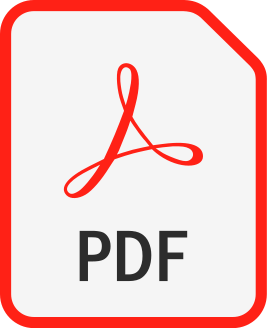 | 20p. |



